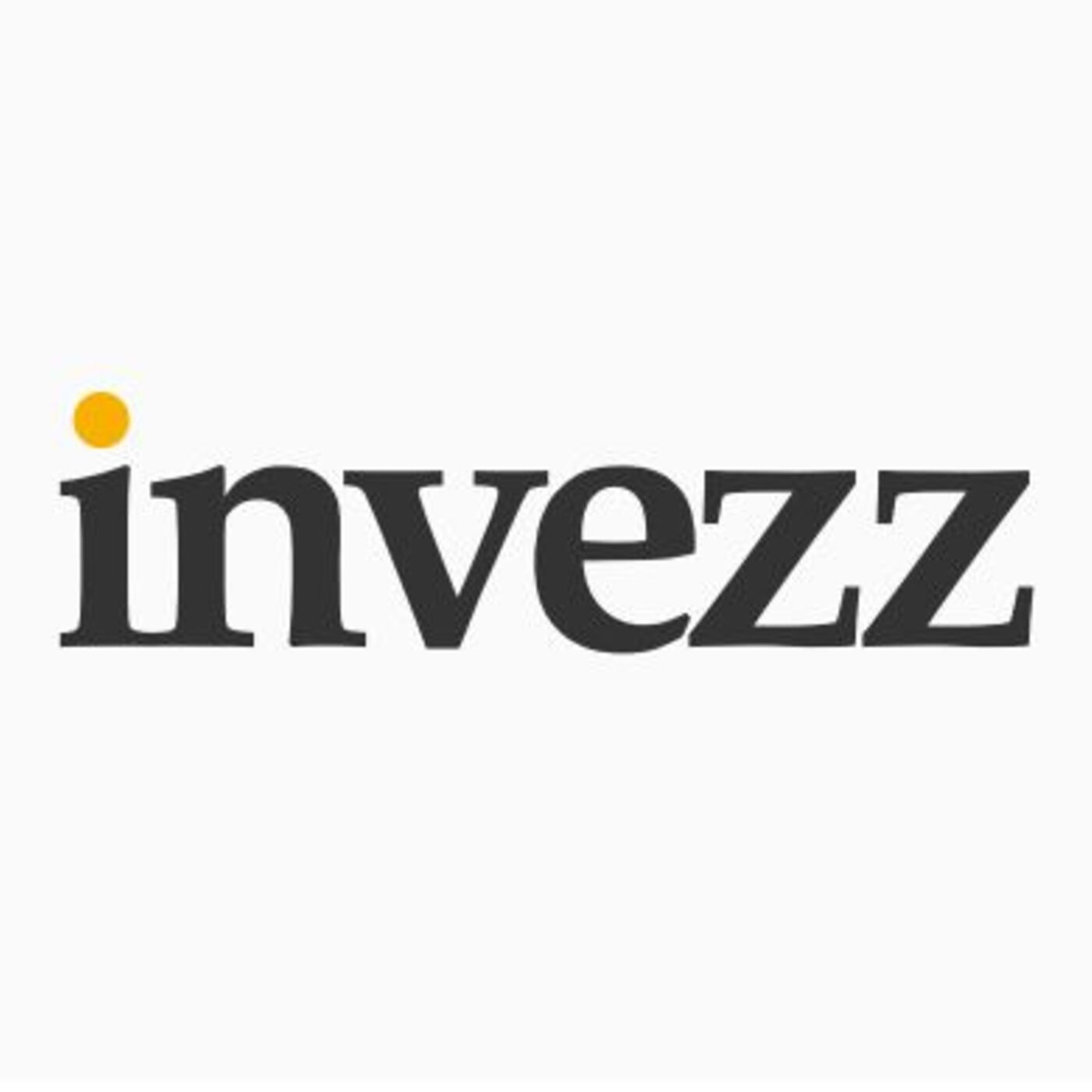Russian wheat exports poised to rise on bumper harvest, price edge
0
0

SovEcon, a prominent agricultural consultancy, has significantly increased its projection for Russian wheat exports for the 2025-26 marketing season.
The revised forecast now stands at an impressive 42.9 million metric tons (mmt), representing a substantial upward adjustment of 2.1 mmt from previous estimates.
This revised figure highlights Russia’s growing dominance in the global wheat market.
For comparison, wheat exports in the preceding 2024-25 season are estimated at 40.8 mmt.
The projected 2.1 mmt increase for the 2025-26 season underscores a significant year-on-year growth, reinforcing Russia’s position as a pivotal player in ensuring global food security.
The primary drivers behind this optimistic outlook are twofold. Firstly, SovEcon has conducted an upward revision of its Russian wheat production estimates.
This suggests a more robust harvest than initially anticipated, providing a larger surplus for export. Factors contributing to this increased production could include favorable weather conditions, improved agricultural technologies, or expanded cultivation areas.
Secondly, the enhanced competitiveness of Russian wheat on the international market has played a crucial role.
This improved competitiveness can stem from various factors, such as lower production costs, a favorable exchange rate for the Russian ruble, or strategic government policies that support agricultural exports.
Competitive prices and rising output
The combination of a strong harvest and competitive pricing positions Russia to capture a larger share of global wheat demand.
This substantial increase in export capacity will undoubtedly have ripple effects across international grain markets, influencing prices, trade flows, and the strategies of other major wheat-exporting nations.
SovEcon increased its wheat production forecast by 2.0 mmt to 83.0 mmt in June. This adjustment was attributed to improved crop conditions observed in the Central region of Russia.
Additionally, in early July, new-crop Russian wheat traded at $225–228 per metric ton FOB, slightly below Bulgarian and Romanian wheat offered at $230 per metric ton FOB, according to SovEcon.
This competitive pricing indicated that Russian exporters likely possessed the flexibility to further reduce FOB prices if market conditions necessitated it, all while sustaining robust profit margins.
This strategic positioning could allow them to remain highly competitive in the global market, potentially impacting other major wheat exporters.
Their ability to adjust prices while maintaining profitability highlights a strong operational efficiency or favorable production costs.
SovEcon said:
Exporters will likely be able to lower FOB prices if needed while maintaining strong margins.
Competition
Meanwhile, Russia could encounter stiff competition early in the season from Romania and Bulgaria, both anticipating strong harvests.
In the coming 2025/26 agricultural season, Ukraine is poised to intensify its competition in the global wheat market.
Facing the imperative to divert a larger portion of its wheat exports away from traditional EU destinations, Ukraine will actively seek new markets.
This strategic shift is driven by evolving geopolitical and economic factors, compelling the nation to broaden its trade partnerships.
As a result, countries that typically import wheat from other sources may find Ukraine presenting a more compelling and aggressive option.
This increased competition from Ukraine could potentially influence global wheat prices and trade flows, while becoming a more-active competitor for Russia.
The USDA maintained its projection for Russian grain exports in 2025-26 at 45.0 mmt in June.
“Active wheat exports from the Black Sea region will weigh on global prices,” Andrey Sizov, managing director at SovEcon said.
However, early-season sales from Russia are expected to be less aggressive than in 2024/25 due to lower domestic supply.
The post Russian wheat exports poised to rise on bumper harvest, price edge appeared first on Invezz
0
0
 Manage all your crypto, NFT and DeFi from one place
Manage all your crypto, NFT and DeFi from one placeSecurely connect the portfolio you’re using to start.





